Top Tips On Reducing The Electronic Waste Pollution In Singapore
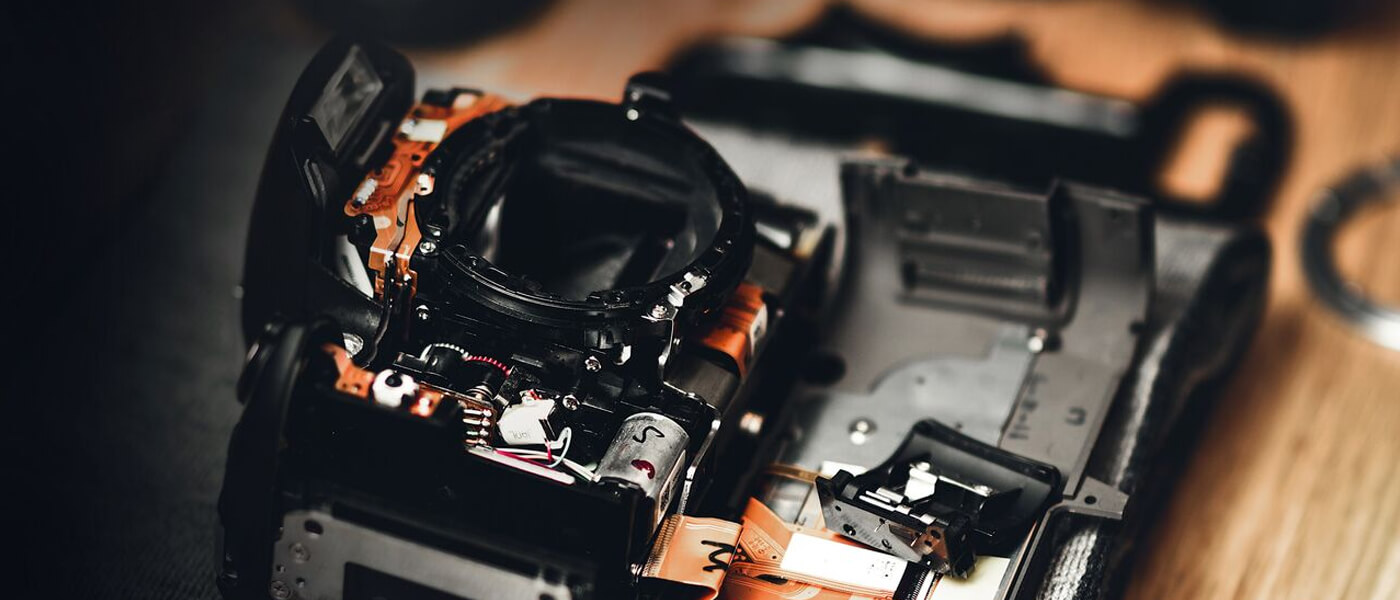
Over the past months, we have held conversations on combating food waste, being savvy with our resources and paying attention to marine trash. Becoming mindful of the impact of our consumption and lifestyle is the first step in dealing with the environmental problem facing our future.
This time, we look at an oft-neglected, insidious and ominous waste – electronic waste.
What Is Electronic Waste?
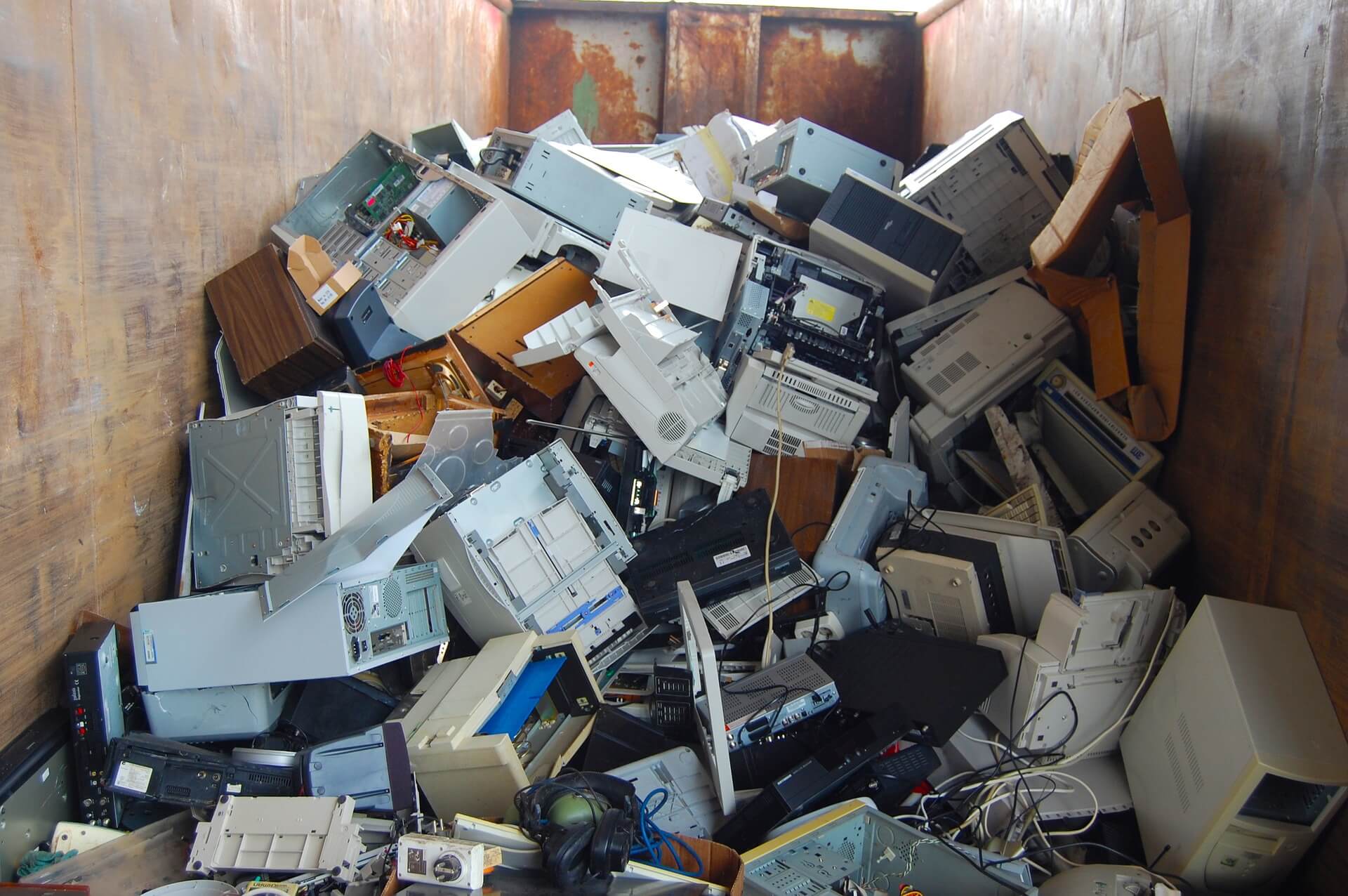
Electronic waste, or simply e-waste, refers to electrical or electronic devices that have been discarded. Electronics that are destined for repurposing, either to be reused, resold, refurbished, recycled or simply disposed are regarded as e-waste.
Contrary to popular belief, the processing of e-waste is not always something green warriors can be proud of. The process can release many harmful materials and substances into the environment.
How Harmful Is E-waste?
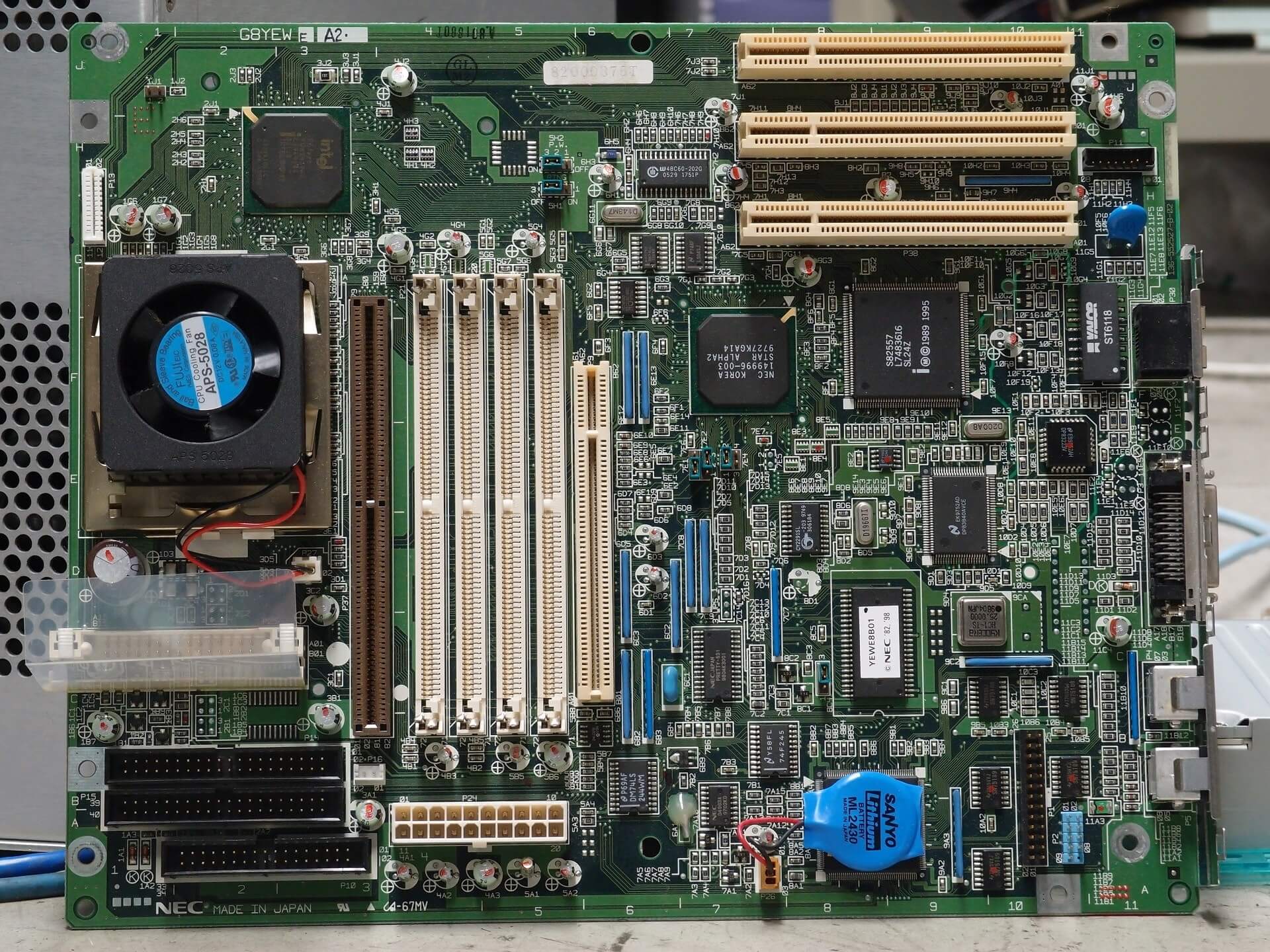
There is a reason why parents freak out when children discover “oily” batteries. This “oil”, which is either a corrosive and contaminating alkaline (in alkaline batteries) or acid (in lead batteries), is just one example how e-waste can harm our health and the environment.
Many electronics are made with materials that are far from friendly for health and environment. Such materials include:
- Lead
Used to make wires and solders. Lead exposure can damage the brain and nervous system, leading to coma, fits and death. - Cadmium
For electronics coating and rechargeable batteries. Very toxic and exposure can cause cancer and impair heart, kidney, gastrointestinal, brain, reproductive, and respiratory functions. - Beryllium
Used in making phone parts and portable devices. Damages the lungs when breathed in and causes berylliosis. - Brominated flame retardants
Can cause cancer and may affect brain and mental functions. - Polychlorinated biphenyls
Used in electronics fluids, capacitors and transformers. Highly toxic and carcinogenic.
Such compounds, among many others like mercury and lithium, when released into the environment, can pollute air, water, ground and wildlife. Such pollution ends up back in the food supply chain and accumulate over time.
How You Can Reduce E-waste
Sell away or donate unwanted/obsolete electronics
One man’s trash is another’s treasure. Selling or giving away gadgets helps to prolong its usefulness and keep it off the trashcan or landfills.
Finding buyers for such items is not difficult with Facebook’s Marketplace, Carousell, Craigslist and even Gumtree. If your item in question is a cell phone, you can always try to get a good deal with mobile phone shops.
Whatever it is, keeping electronics in good condition is always a good way to maximise sale value!
Dispose of/Recycle E-Waste the Right Way
As explained earlier, e-waste can contain a lot of hazardous materials and, thus, proper disposal is needed. Big electronics brands like Apple, Samsung, and other electronics companies have programs to take back unwanted gadgets. Certain shopping malls have e-waste bins where you can safely discard your electronics.
As compared to producing new parts, recycling old electronics can help save a lot of energy and reduce the demand to mine the raw materials.
Take Good Care of Your Electronics
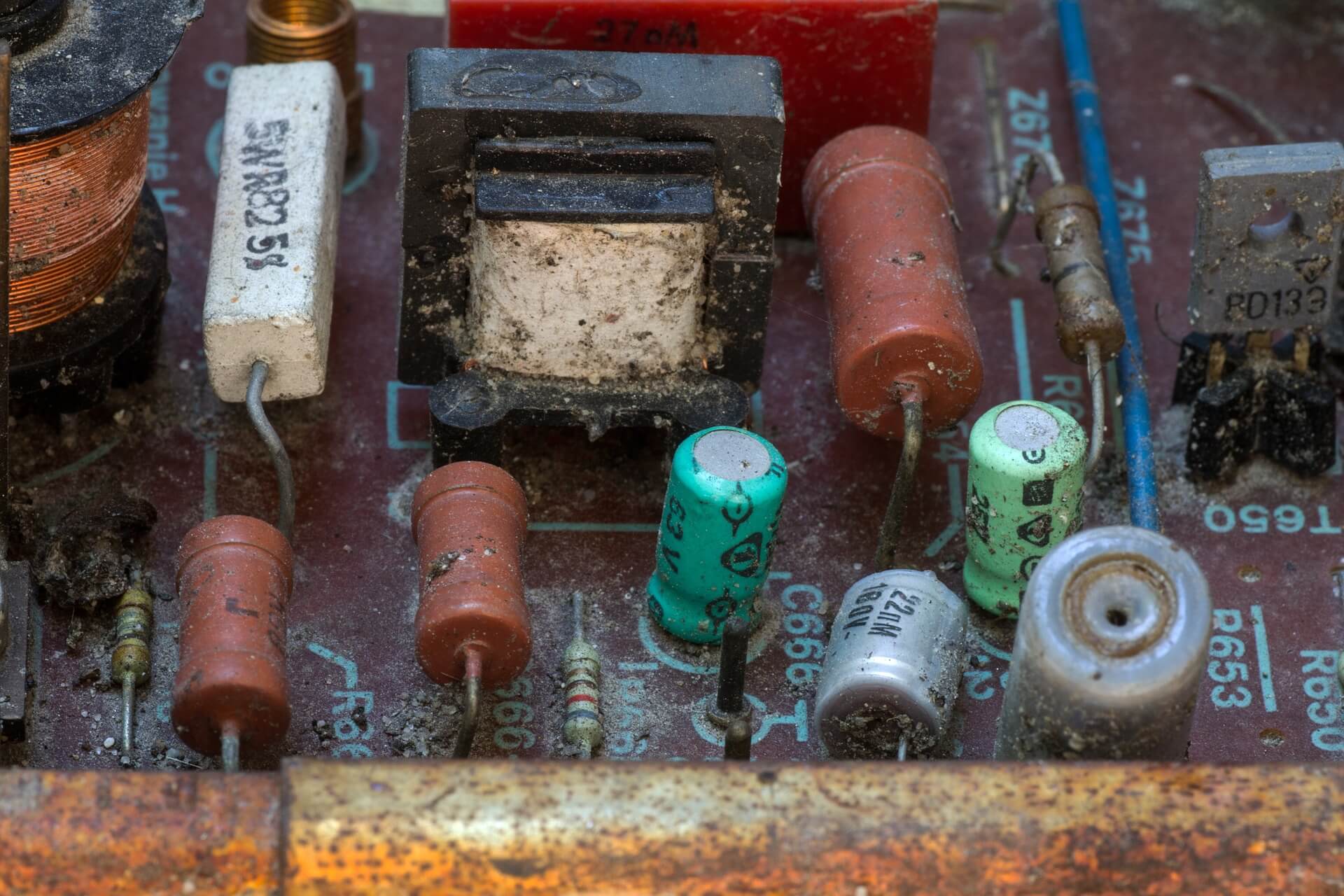
Keeping your electronics in good condition not only allows you to sell it off at a better price later, but meanwhile increases its lifespan. This way, it can help reduce the demand for replacements. Here are some simple tips to taking care of electronics:
- Keep them out of extreme cold and heat
- Clean lint-free/microfibre cloth to prevent lint from filling up crevices or going into the chips.
- Turn off TV’s power before cleaning to avoid having moisture going into the components and shorting it. TVs can get quite hot; vacuum the air vents often to ensure dust do not trap heat or prevent the fans from working well.
- Make sure electronics that heat up during use, such as the TV, computers and microwave ovens, are well-ventilated.
- Make sure to declutter your computer’s drives so that it can run smoothly and quickly.
- When going away for a few days, keep laptop and mobile phone batteries at 80% – not empty nor 100% full – to maintain batteries’ lifespan.
Learn to Repair Electronics
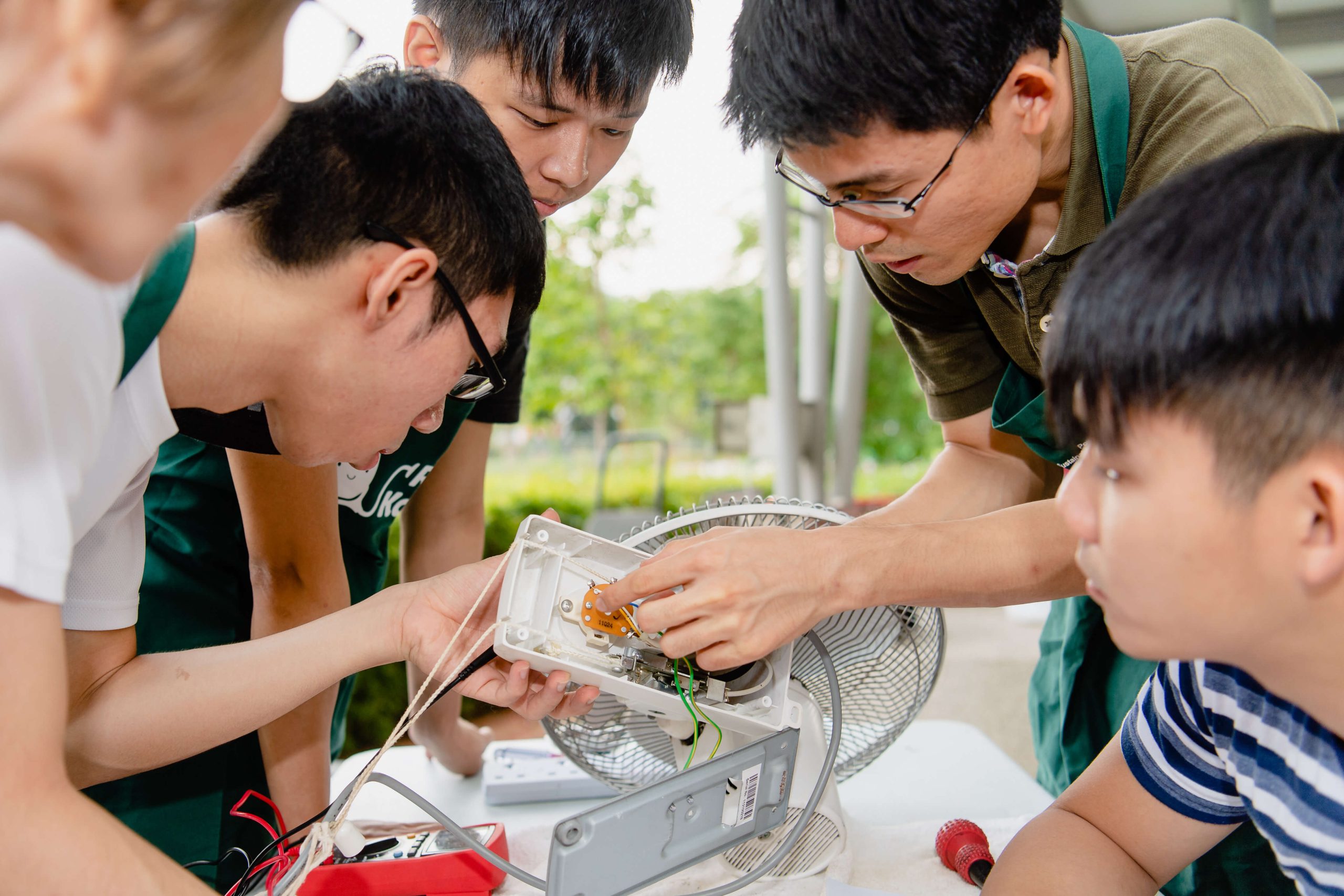
Stand against the buy-and-throw-away culture and cultivate a second-chance attitude when it comes to dealing with faulty electronics. Many electronics, like fans, irons, phones etc. can work just as well if you know where the faults are and repair them. This can ensure less waste is generated and save you money too.
There are many videos available on YouTube that will show you how to conduct simple repairs and help you understand how to replace parts.
Our #ChangeMakerSG partner, Repair Kopitiam, is a great place to learn how to repair your electronics and discover neat tricks to maintaining them. At Repair Kopitiam, you will find ‘Repair Coaches’ helping Singaporeans fix all kinds of faulty products, from electrical appliances to everyday household items. We at Geneco maintains a strong partnership with Repair Kopitiam so that we can reduce e-waste by encouraging people to try repairing faulty products first before deciding to discard it.
We are also excited to announce that we are strengthening our partnership by powering Repair Kopitiam’s expansion into Ang Mo Kio on 29 September 2019!
COMBATING E-WASTES WITH THE 4 RS
Preventing electronic waste from ending up in the incinerators, landfills and waterways can be achieved by everyone.
Reduce unnecessary demand for new electronics wherever possible, such as new smartphones or computers. Reuse/Repurpose properly working electronics such as by making your old phone your new music player. Recycle electronics so that we can collectively relieve the demand for raw materials. Finally, repair broken electronics and give them a new of life.
A little bit of patience, creativity and tenacity can go a long way to protecting our environment!
References:
- Elangovan, N. (2020, June 5) Singapore households generated additional 1,334 tonnes of plastic waste during circuit breaker: Study, Today Online.
https://www.todayonline.com/singapore/singapore-households-generated-additional-1334-tonnes-plastic-waste-during-circuit-breaker
Image Credits: Nylon Coffee Roasters
Source: The Sustainability Project
The Oceans Are Drowning In Trash And How You Can Save Them
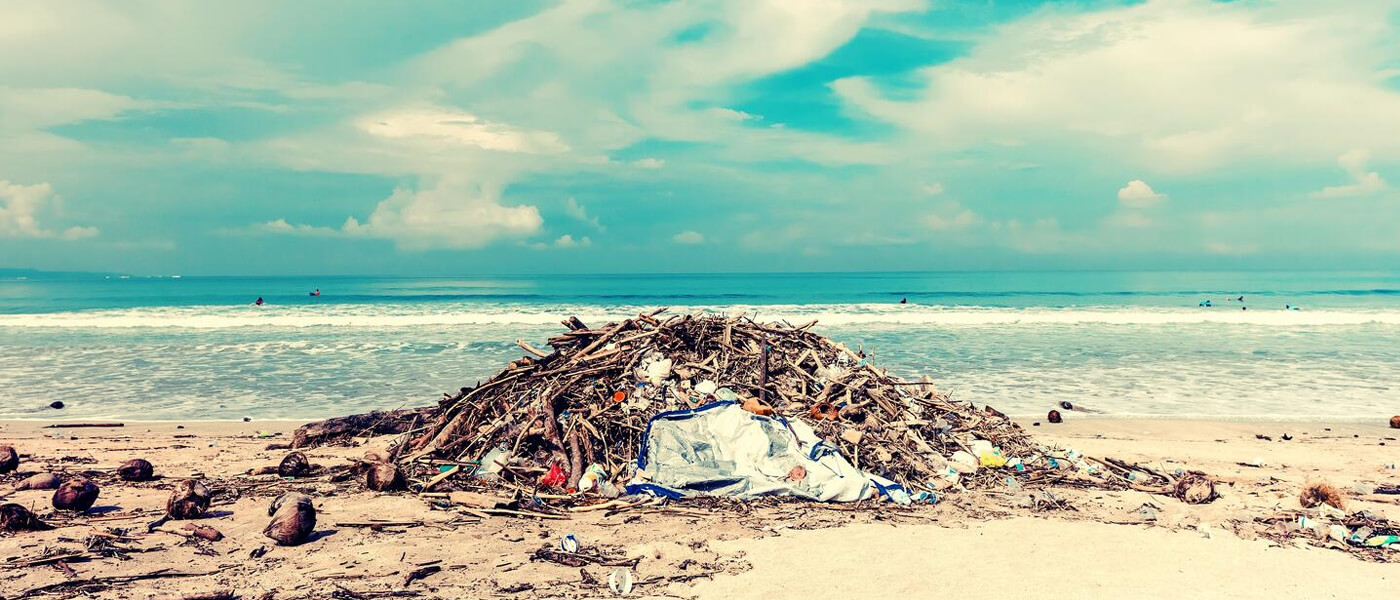
When we bring up the topic of marine waste, you probably think about far-flung marine waste destinations like the Pacific trash islands, Dominican Republic’s and Hawaii’s not-so-pristine beaches.
However, to think that Southeast Asia is not contributing to and facing large-scale marine waste problems is utter rubbish. In fact, SEA nations Indonesia, the Philippines, Vietnam and Thailand, along with China, were named the worst litterbugs by a 2017 Ocean Conservancy report.
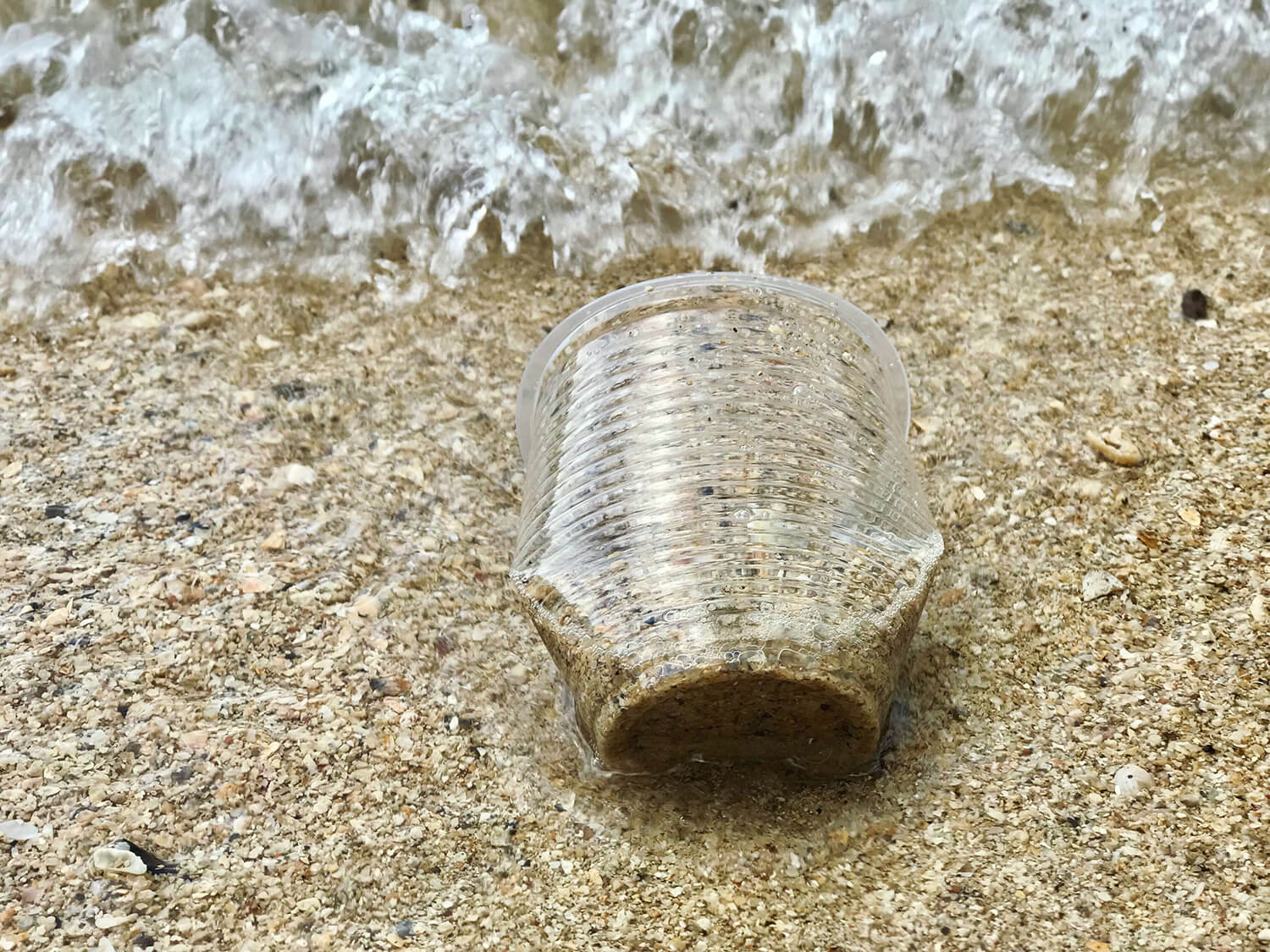
What Is Marine Waste?
Marine waste refers to man-made trash that have been either accidentally or purposefully released into the water bodies like lakes, rivers, seas and oceans. Because of tidal motions, marine waste can accumulate and end up on beaches, disrupting wildlife, or get snagged by reefs and choke corals as a result.
With plastic being a prevalent material in man-made products, the impact of marine waste is significant. Most plastics, being non-biodegradable, can plague the oceans for thousands of years to come. They can destroy coral reefs, hurt marine life when accidentally ingested and even end up along the food chain.
NGOs and scientists have continuously sounded the alarm and activists flailing their arms in the air. As such, governments around the world awoke from slumber and are gradually enacting laws to address the issue.
However, even the late Lonesome George would find the speed of marine protection too slow.
What Can You Do to Combat Marine Waste?
The global waste problem may be colossal, and each individual seem too small to make a dent. However, by taking some simple and personal steps, we can pitch in to help.
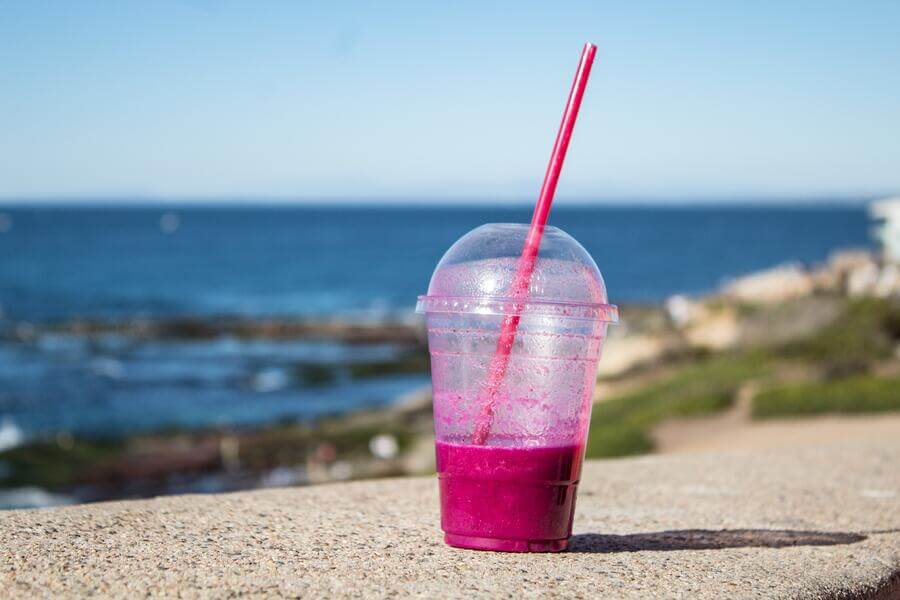
Reducing our dependency on single-use plastics
It’s hard to tell if plastic exist around us or we exist around plastics. From straw to carriers to car parts and cutlery, extra-terrestrials observing us from space would think plastics make up our natural habitat. Make a commitment to rely less on single-use plastics and adopt more permanent lifestyle choices like using metal or wooden alternatives where possible.
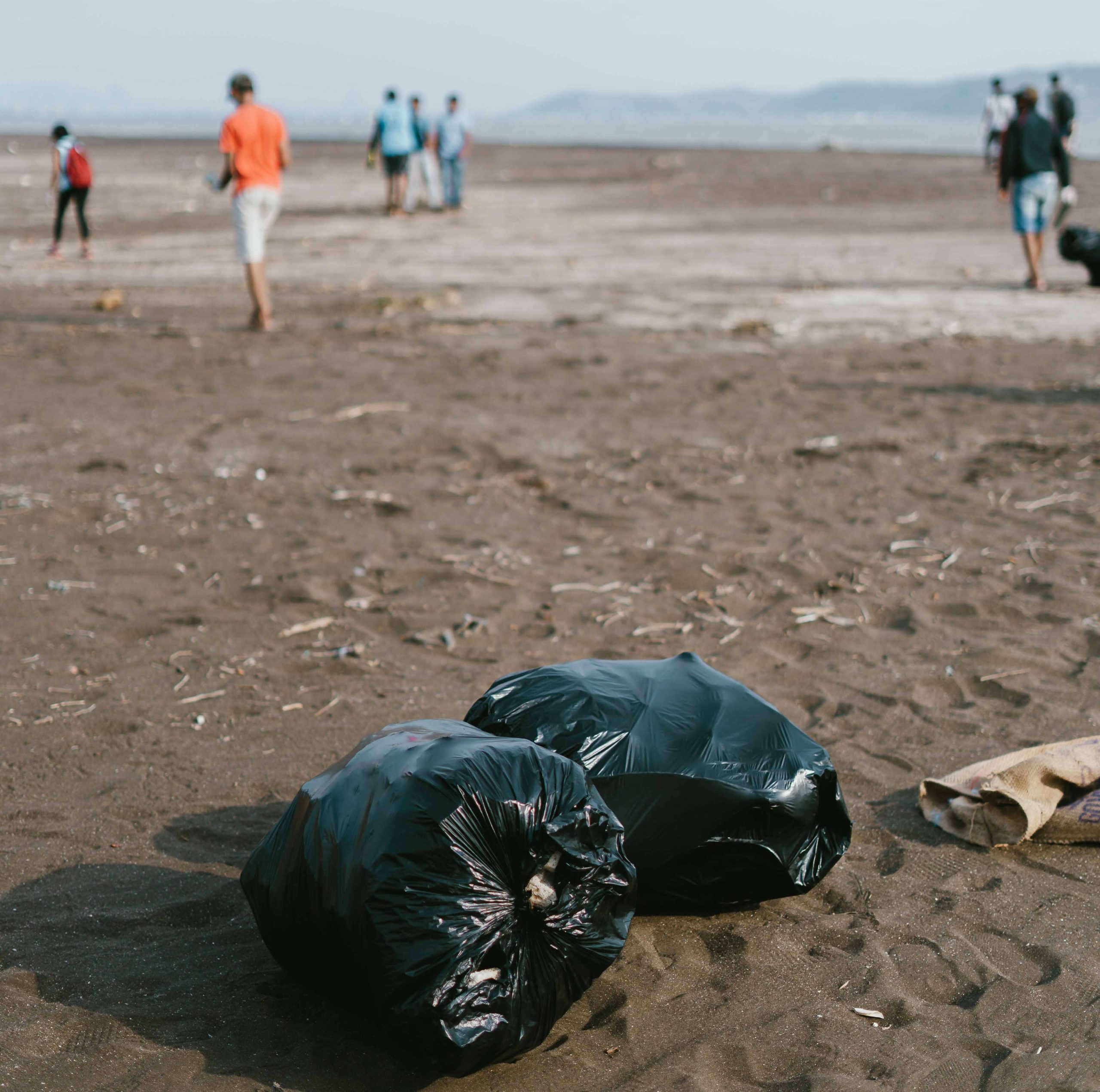
Bag your trash
Have you seen how plastic bags get swept up by even a gentle breeze and metal cans float in the sea? Small items are easily misplaced. To make rubbish less likely to end up in places they are not supposed to, simply collect them and make it collectively larger where wind, water and any other forces are less able to pick them up.

Consume less
The intelligence of humans is our greatest asset but can also be a crippling shortcoming. With sophistication as our middle name, we tend to approach simple problems with complicated solutions. To reduce waste ending up in the ocean, we can just ensure less material gets out there. Simply put, use less materials.
We do not need straws (most times), plastic cup lids when dining, a carrier for a single piece of ham roll from BreadTalk. Heck, with e-angbaos, we don’t even need real angbaos at weddings and Chinese New Year.
By using less, we reduce demand for things that could potentially end up in landfills and waterways. Like mom used to say, if we don’t want to keep our toys, don’t play with them in the first place.
SHARED RESPONSIBILITY – GENECO GOES ECO
At Geneco, we are not just another power retailer. We believe in being a part of the bigger picture, taking up social causes, responding to global challenges and being proactive in bettering lives. From investing in carbon credits to solar energy to anti-waste, we are the planet’s green, mean, fighting machines.
To do our part to reduce the impact of waste, we have been side by side with Repair Kopitiam, pushing back against a buy-and-throw-away culture. We believe one way to reduce waste is to create less of it by making things work again! Although we repair only electronic appliances, we hope to inspire people to give things a second chance.
Fighting marine waste is not just about environmental protection; it is also about every individual being mature and responsible in our stewardship of the resources granted to us. Recognising we have a problem and building up the will to solve needs is the true mark of maturity, integrity and respect for life.
References:
- Elangovan, N. (2020, June 5) Singapore households generated additional 1,334 tonnes of plastic waste during circuit breaker: Study, Today Online.
https://www.todayonline.com/singapore/singapore-households-generated-additional-1334-tonnes-plastic-waste-during-circuit-breaker
Image Credits: Nylon Coffee Roasters
Source: The Sustainability Project
Your Guide To Moving Into A New Home
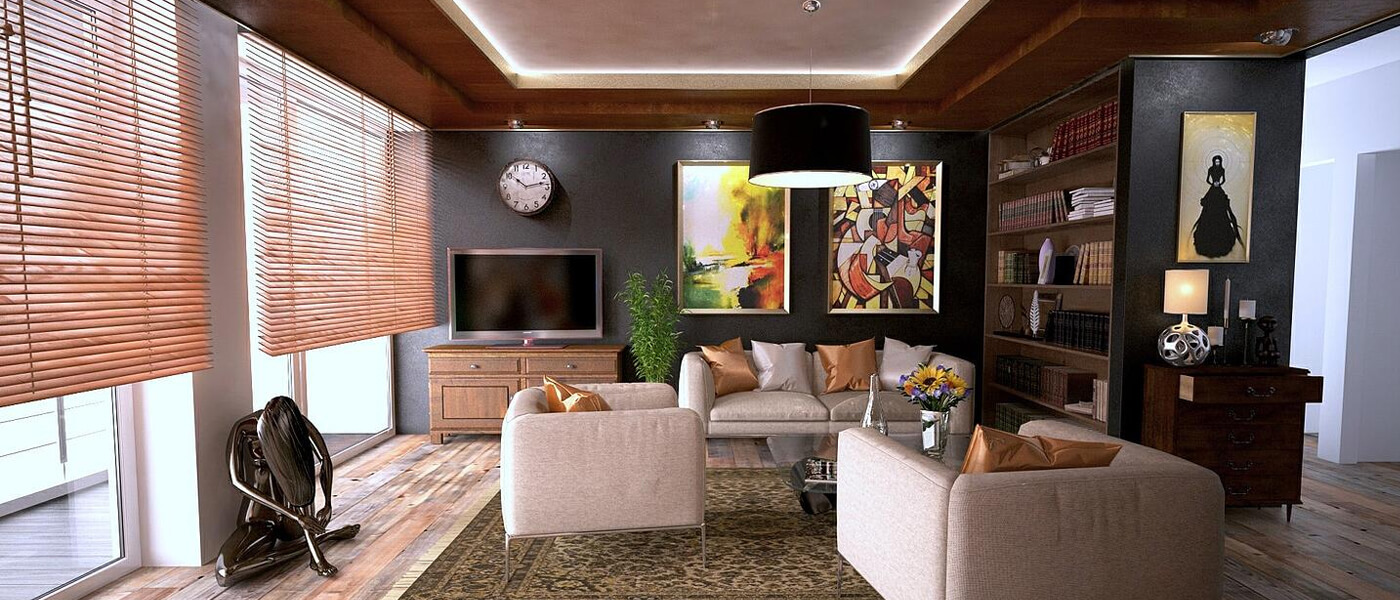
Congratulations on getting your new home! Being able to own a home is a dream (an expensive one) and a rite of passage for many Singaporeans; you don’t want to be haphazard about moving in and make bad decisions that you will have to live with for years to come.
Beyond providing great electricity deals, we also provide top tips for you to consider as you build your new nest!
Become a budget-hunter

Buying furniture to make your home comfortable and beautiful does not have to be an expensive affair if you know where to find good deals, coupled with some creativity, resourcefulness and adaptability. Perhaps even throw in a little bit of patience for good measure.
Plan your purchases. Some items like utensils, crockery and cloths can be bought in bulk at bundle deals, saving you some cash. To up your game, you can also form coalitions with your neighbours (especially when you are moving into a new estate) and bulk-buy everyone’s shopping list. Nowadays, joining groups on social media to meet new residents can bring about some strategic advantages. Use it to formulate supermarket and IKEA battle plans to attack hot deals for everyone’s benefit.
Remember when we mentioned earlier how a little bit of patience helps? Become a budgetary visionary – hold off purchases and scout for upcoming fairs and tradeshows where not only can you find things at cheaper prices, but you can also enjoy exclusive deals and bonuses!
Clean your apartment first
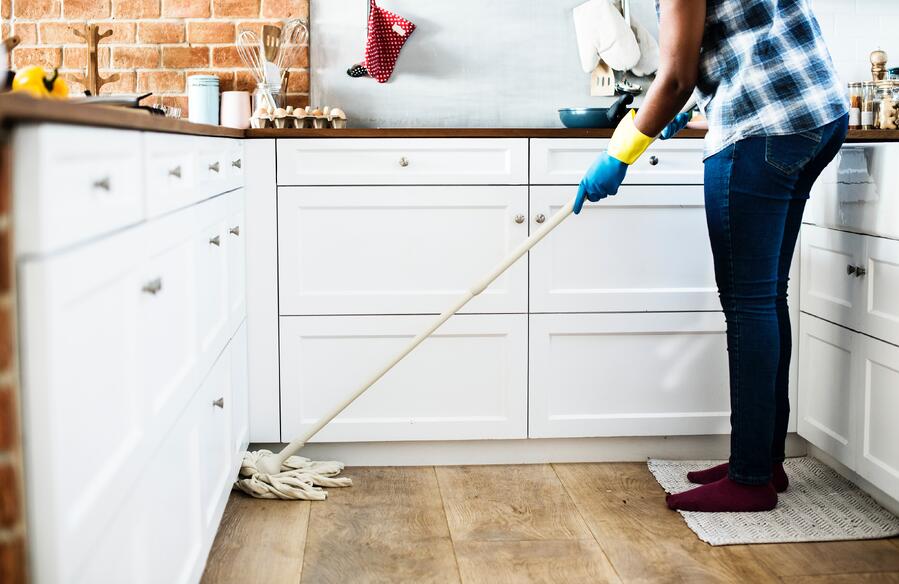
Yes, we know. Every new homeowner cannot wait for the voila moment where all that should be in the house are in their place. However, clean up your apartment when it is still empty and when all the nooks and crannies are still easily accessible. You can choose to arrange for professional cleaning services, part-time household helpers, friends or family to help, or make this a couple activity to build up some teamwork.
Book movers in advance
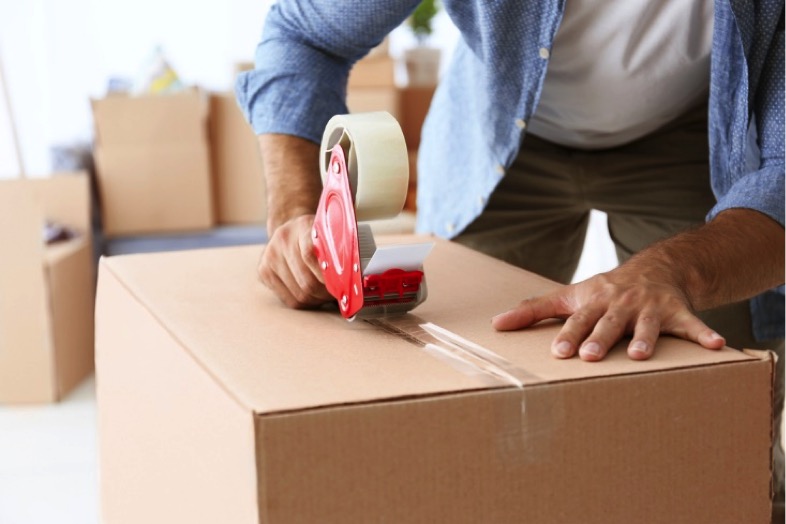
This is where your vacation planning skills can be put to good use. This time, instead of buying tickets early to stretch your holiday dollar, book your movers in advance.
Shifting homes can be a very stressful event, and more so at the hands of rookies. Professional movers are veterans at moving bulky items in the most efficient way possible. With well-coordinated teamwork, manpower, and loading furniture into trucks like a game of Tetris, you can spare you and your partner some mental anguish.
Do remember to book movers early before the entire island rings them up to move goods – this way, you can earn yourself preferential rates.
Set up household utilities and services
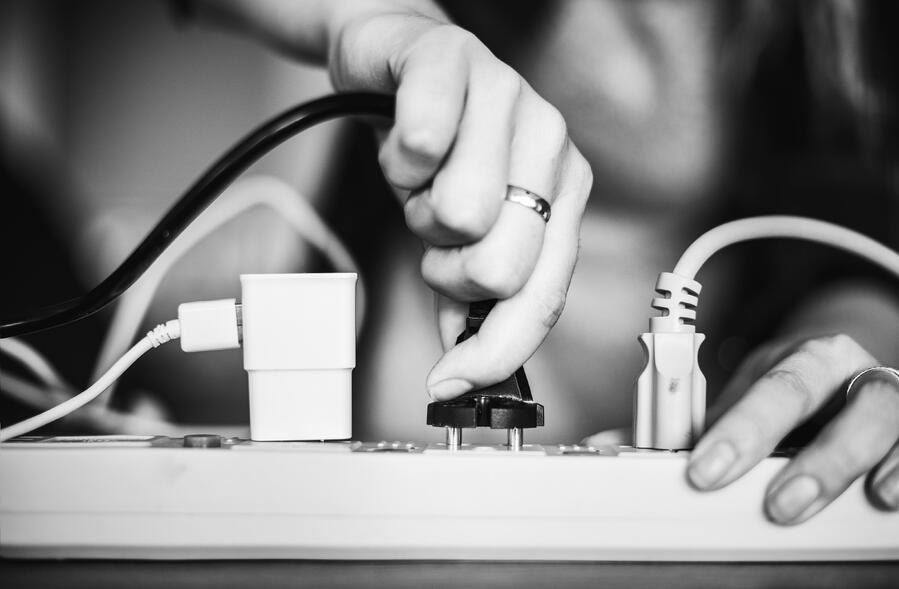
When everything about moving is vying for your attention, do not forget about water, electricity and gas. Set up all your utility services with SP Services ahead of time and get that out of the way.
After hooking up to the grid, you may want to think about how you can save on electricity.
Now that the Open Electricity Market has been rolled out nation-wide, you can shop for electricity plans and take your time to choose from a myriad of plans to suit your needs. At Geneco, we have got plans to suit every kind of usage and personal commitments. Our Get It Fixed 36 is a plan surely to put your mind at ease for the next 3 years. With rates among the lowest of all electricity plans, Get It Fixed 36 allows you to secure a competitive rate for the whole length of the plan regardless of electricity tariff movements.
On top of that, enjoy a one-time $50 rebate on your bill when you sign up for our plans using the promo code POWER50 (limited to the first 5,000 sign ups). Promo ends 31 October, so hurry!
Set up internet data and home entertainment services
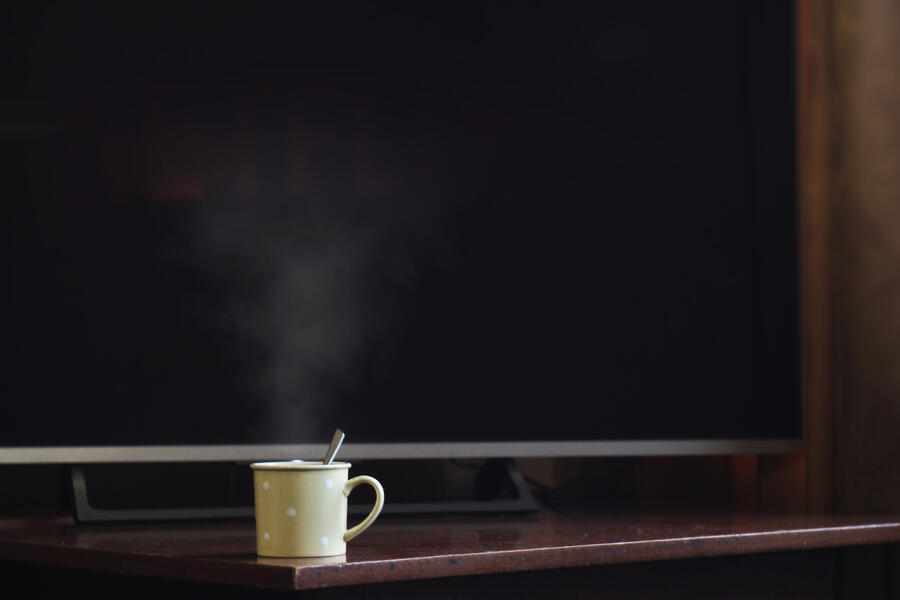
In our new 4G society, having access to the internet can be a huge lifesaver. Internet entertainment like Netflix can save you from being bored to death, food delivery apps like GrabFood can rescue you from starvation and being able to pay bills online quickly spare your pockets a few holes.
As such, you want to get a broadband plan as soon as you can so that you can access the world at large in the comforts of your new home. Beyond electricity services, the local telco scene has now expanded to include a few more competitors; pick and choose your preferred broadband and TV deals to your heart’s desire.
Check your apartment for defects like how you unbox a new phone
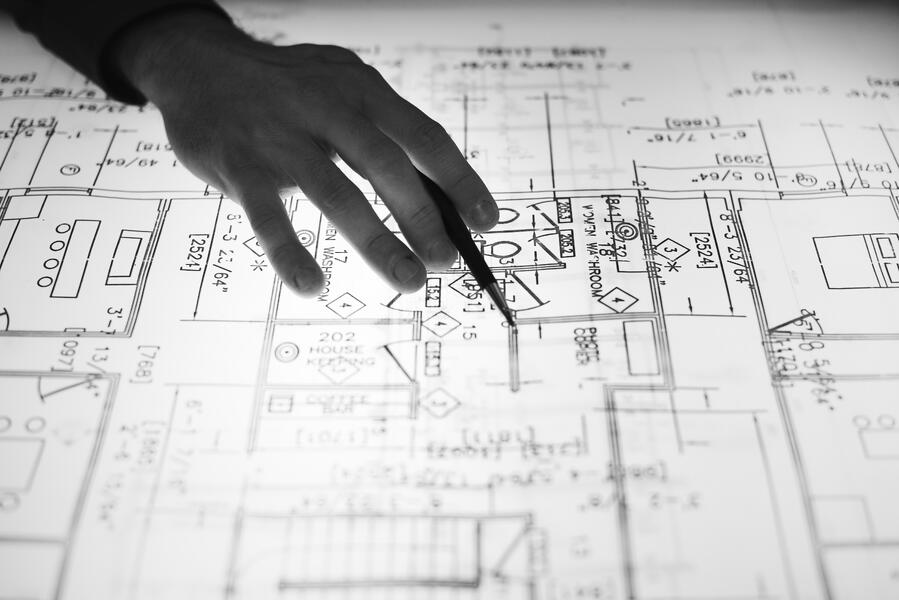
If your new home is a brand new BTO flat or condo apartment, you are entitled to up to one year to report any defects to the HDB or property developer at zero cost to you. So, hold in your excitement and thoroughly inspect every corner for cracks, leaks or other problems.
“Chope” parking spaces
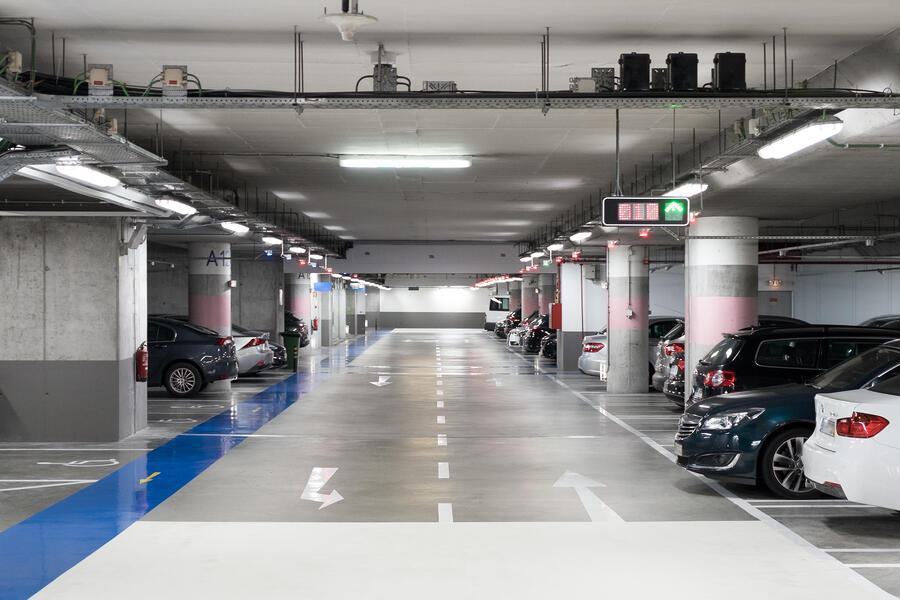
Every Singaporean should know this: any space in Singapore can be subjected to the all-powerful “chope”. If you own a car, you will want to have a permanent space reserved for you to park your car at. For residents of HDB flats, you should waste no time in applying for season parking.
For condo residents, you get to enjoy a little more luxury; parking lots are usually automatically available for up to one car per household with additional lots available for purchase. Check with your property management.
References:
- Elangovan, N. (2020, June 5) Singapore households generated additional 1,334 tonnes of plastic waste during circuit breaker: Study, Today Online.
https://www.todayonline.com/singapore/singapore-households-generated-additional-1334-tonnes-plastic-waste-during-circuit-breaker
Image Credits: Nylon Coffee Roasters
Source: The Sustainability Project
Your Guide To Keeping Your House Cool Naturally
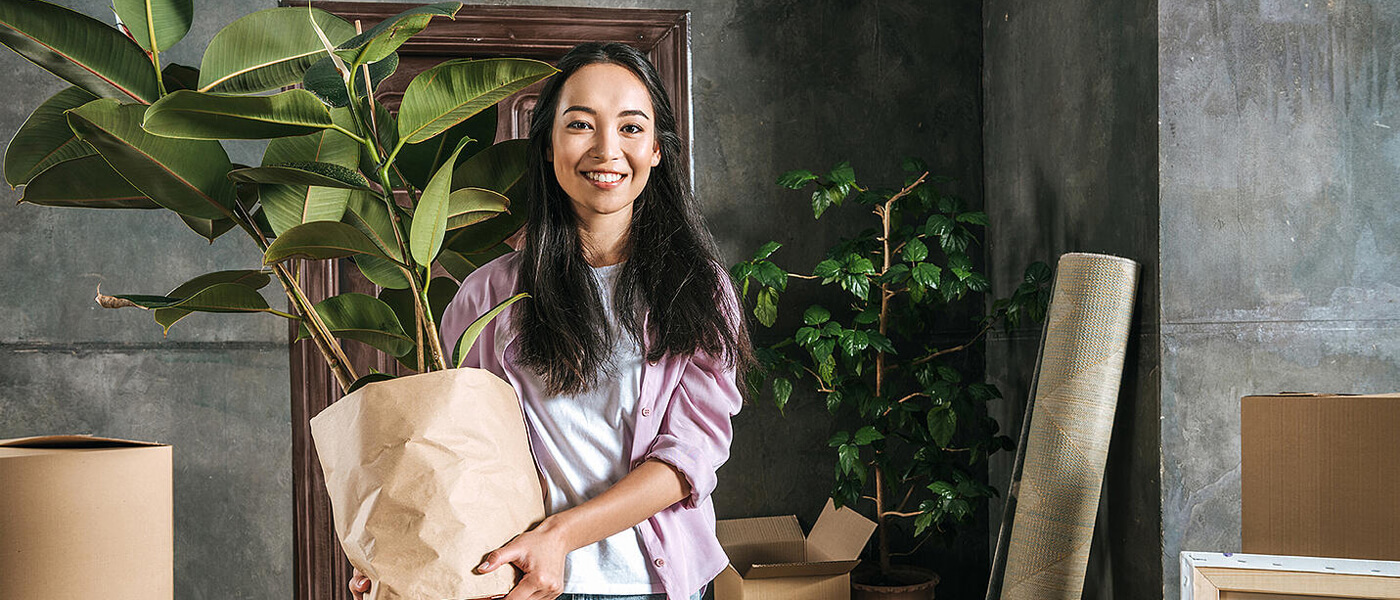
2019 is a year unlike any other – it is the warmest year on record for Singapore, and Q3 is our driest yet. This year may also one of the world’s hottest year on record. It is hard to fathom who is actually going to buy Uniqlo’s autumn 2019 collection.
Nevertheless, to help us stay cool and combat the heat, we at Geneco have not only been doing our part to go sustainable, raise awareness for sustainable energy, but also gave you some ideas how to make good use of the time spent under shelter.
In this article, we go a step further to share how you can use a little creativity, artistic flair and MacGyver-esque science to cool your house naturally.
Get The Right Curtains
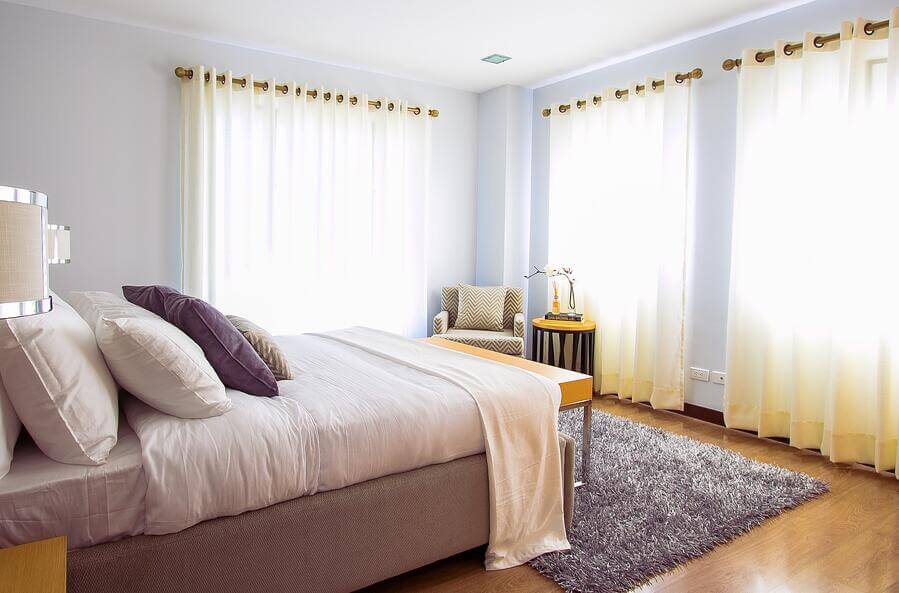
Many things in the house are natural heat-trappers, such as beds, cushions and even certain floor tiles. Having the right curtains and pulling them across the windows at the right time of day can reduce heat from sunlight by 30%.
When choosing curtains, opt for:
- Blackout curtains | Made of fabric that is foam-backed, opaque and extra-woven to block out light. Ideal for the bedroom and midnight shift workers.
- Reflective curtains | Reflect sun rays back out the window instead of absorbing them. Durable and cost-effective.
- Multi-layered curtains | Layered curtains are great at blocking sunlight. The layers consist of light lace for the evening and thicker layers to block out sunlight by day.
- Light-coloured curtains | Curtains with light colour not only block out heat but are also good at reflecting heat. Colours like white, cream and peaches are great while colours like black, dark green and navy blue are not.
- Fabrics that block sunlight | Cotton is great for blocking heat out thanks to its thickness, yet porous to allow ventilation. One of the best fabrics for curtains. Velvet is thick and close-weaved, meaning it is an excellent fabric for blocking sunlight.
- Lightweight blinds | If curtains are not working out for you, blinds are excellent choices that look good and work well. Usually made of plastic, aluminium or wood, blinds are not only opaque when fully shut and allows for ventilation when slightly opened, but the materials also do not conduct heat.
Cool Shades For The Home

Most new HDB come with tinted windows that help shield us some excess sunlight. However, if yours is an older flat with no tinted windows or you want more sunlight blocking, window films are relatively cost-effective for that. Make sure to get window films that are tinted adequately and has UV ray protection to maximise your home cooling efforts.
You can double it up by using UV-deflecting glass. You will want to look for features like double-glazing, low e-coating and argon fills for the best heat- and UV-blocking power.
Go Green, Literally

We don’t just mean being more environmentally conscious. Plants are the underrated champions for being effective home cooling tools that look good! Some plants that outshine others at the cooling department include:
- Ficus benjamina | keeps air moist and cool. Choose one with a tall trunk and bushy top to act as a canopy over other plants below or around it. Grouping plants together can pleasing to look at and create a natural “home cooling system”.
- Reflective curtains | Reflect sun rays back out the window instead of absorbing them. Durable and cost-effective.
- Palm | Nothing makes air more refreshing than fresh oxygen. Palm boast of large overall leaf surface area that helps it give off more oxygen.
- Mother-in-law’s tongue | The verbal prowess of an angry mother-in-law is much dreaded. However, the mother-in-law’s tongue plant is soothing both at night and day thanks to its ability to release oxygen and provide fresh relief round the clock. The leaves are also known to act as an air filter that removes airborne toxins such as benzene and formaldehyde.
Hyperventilate, But For Your Home

When saving on electricity bill and going all natural, ventilation is key. A well-ventilated home comprises of windows or doors at each end of the apartment to form an air tunnel.
If you are looking for a new home in Singapore, look out for such features. If you have just gotten your new BTO flat (congrats!) and are drawing up your interior sketches, make sure your designs optimise airflow by keeping the passages clear – stagnant air can make your home feel stuffy.
In addition, the roomier your home is, the better for air circulation. You may want to knock down some walls and enlarge spaces like the living room, where they tend to have more heat-producing electrical appliances and people.
Ceiling fans are a must for anyone who prizes ventilation. Ceiling fans are very efficient in keeping air moving around larger rooms while using less energy than the AC or multiple standing fans.
Don’t Let Your Home Become A Sauna
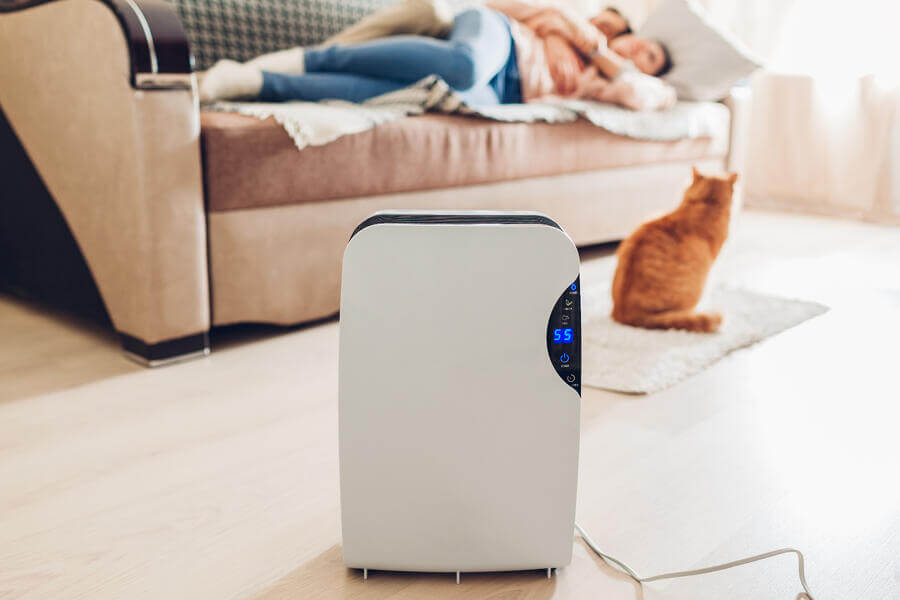
Singapore’s weather is not only warm but humid too – humidity can make your home feel warmer than it reads on the thermometer. To deal with the excess moisture in the air, a dehumidifier makes the air less moist to allow sweat to evaporate faster.
Cool Off Without Burning Through Your Cash
Beyond these neat tricks to stay cool, our Get It Fixed 24 and Get It Fixed 36 plans can help take the heat off your household expenditure by offering fixed competitive rates for the next few years. So rest easy, no sweat on your brows and don’t sweat on the bills.
References:
- Elangovan, N. (2020, June 5) Singapore households generated additional 1,334 tonnes of plastic waste during circuit breaker: Study, Today Online.
https://www.todayonline.com/singapore/singapore-households-generated-additional-1334-tonnes-plastic-waste-during-circuit-breaker
Image Credits: Nylon Coffee Roasters
Source: The Sustainability Project
